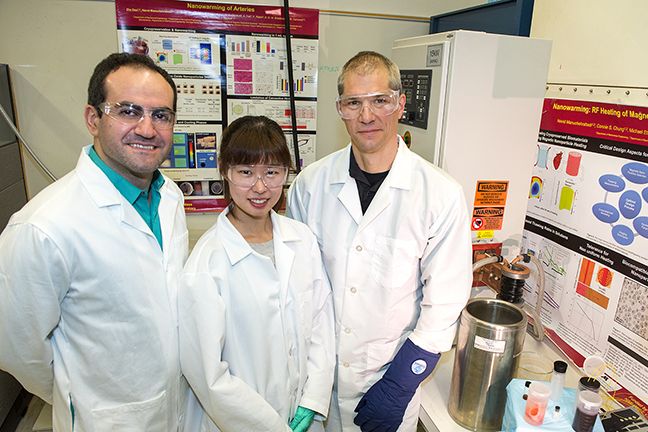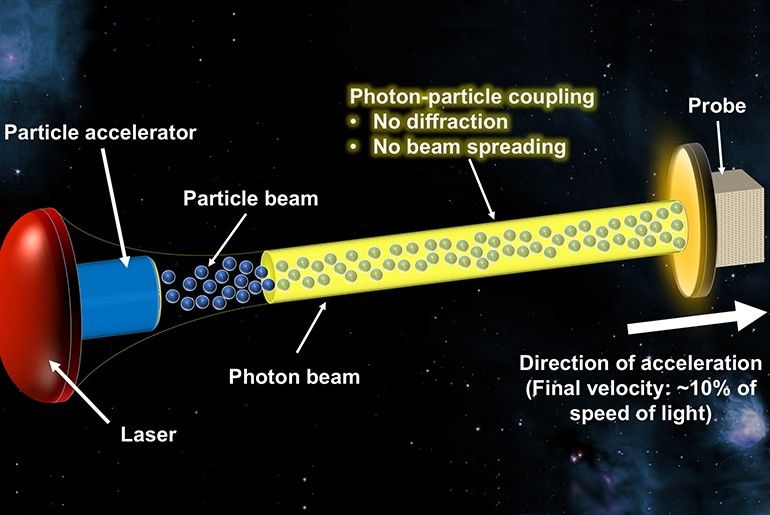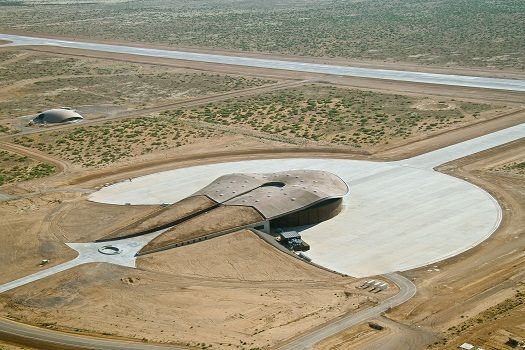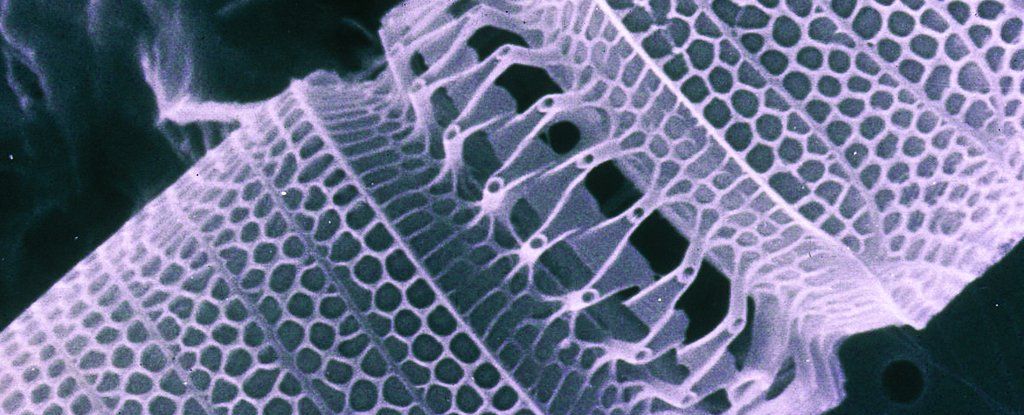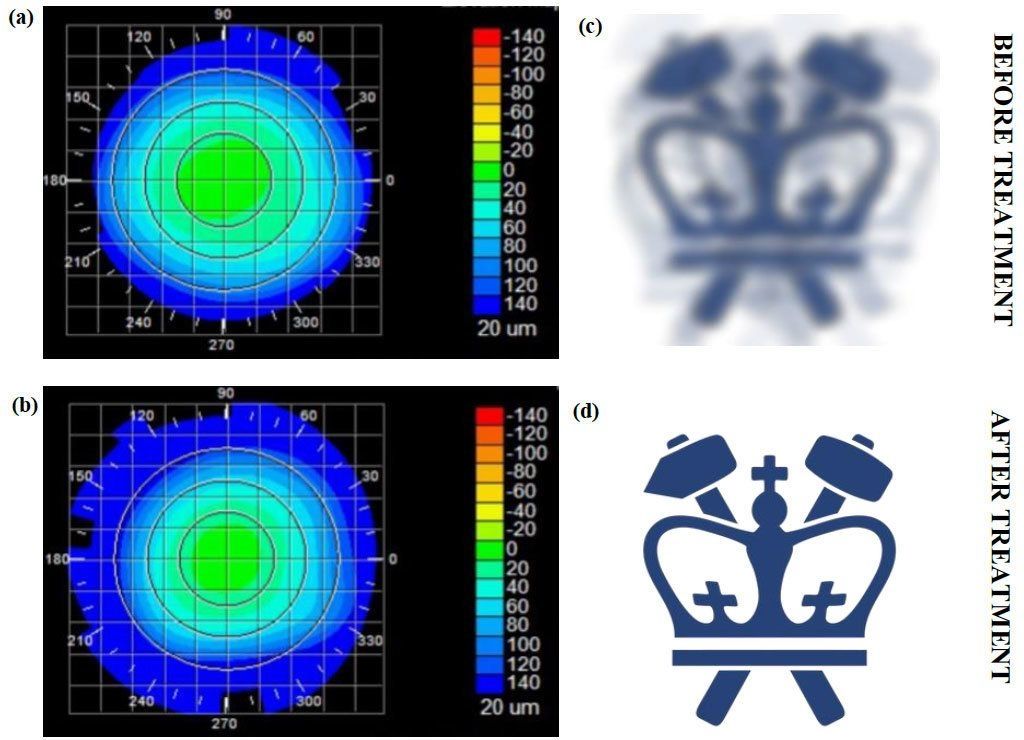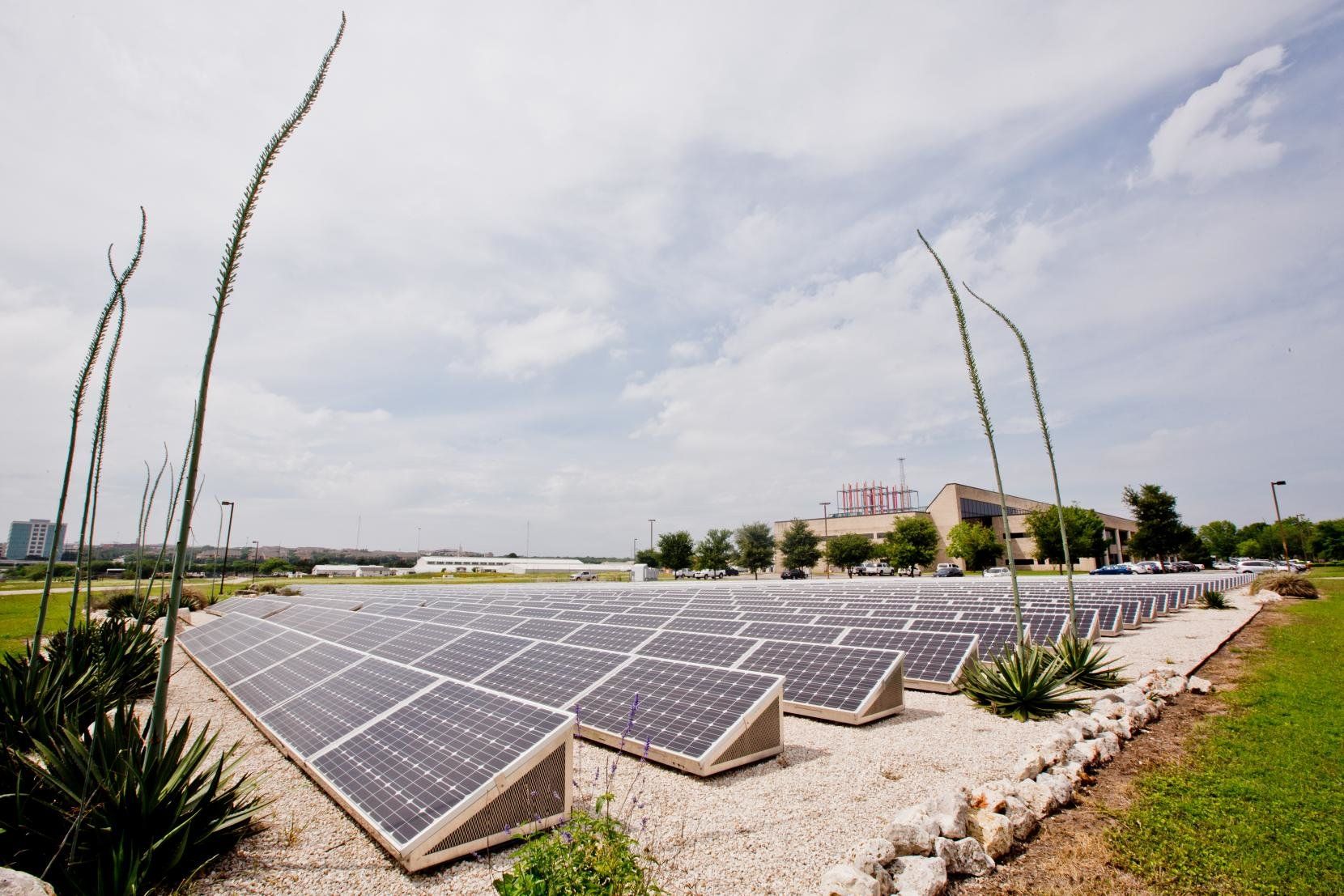MINNEAPOLIS/ST.PAUL (03/01/17) — A research team, led by the University of Minnesota, has discovered a groundbreaking process to successfully rewarm large-scale animal heart valves and blood vessels preserved at very low temperatures. The discovery is a major step forward in saving millions of human lives by increasing the availability of organs and tissues for transplantation through the establishment of tissue and organ banks.
The research was published today in Science Translational Medicine, a peer-reviewed research journal published by the American Association for the Advancement of Sciences (AAAS). The University of Minnesota holds two patents related to this discovery.
“This is the first time that anyone has been able to scale up to a larger biological system and demonstrate successful, fast, and uniform warming hundreds of degrees Celsius per minute of preserved tissue without damaging the tissue,” said University of Minnesota mechanical engineering and biomedical engineering professor John Bischof, the senior author of the study.
